My Dream Race & Best/Worst Days – Rick Zabel
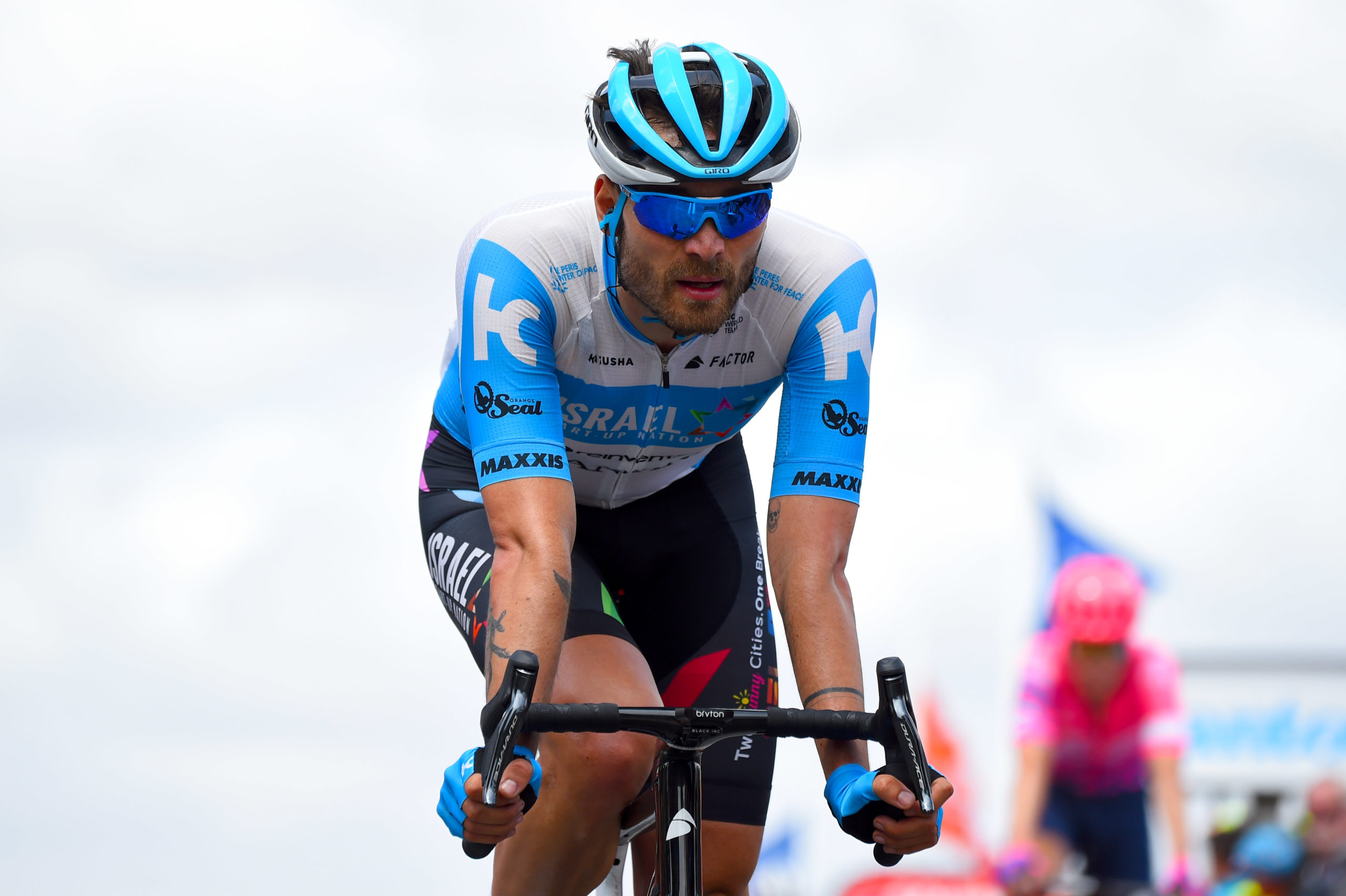
Which is the race you dream of winning, the one for which you would swap anything else? Why does it mean so much and what experience do you have of it so far?
My favourite race, for sure, is Paris-Roubaix. I have ridden it four times now and finished all of them. To win that race one day would be the biggest dream. It really is a dream, because my best place so far is, I think, 45th [in 2018], so it’s a world away from winning. I rode it for the first time as a professional. That’s unusual, because I did all the other Classics in the junior and U23 categories, and I won the U23 Tour of Flanders, but for some reason I never did Roubaix in the lower ranks. To do it for the first time as a professional was a very special experience. For the first 10 cobble sectors, the race is so intense that you hardly seem to notice them. It gets harder later when the race has broken up and you are more tired, and then you are counting down the sectors you still have to do. With each sector it gets harder to hang on over the cobbles. You just can’t see on TV how hard it is. Everyone has to go there, see the race, and ride some of it themselves to understand what it’s like.
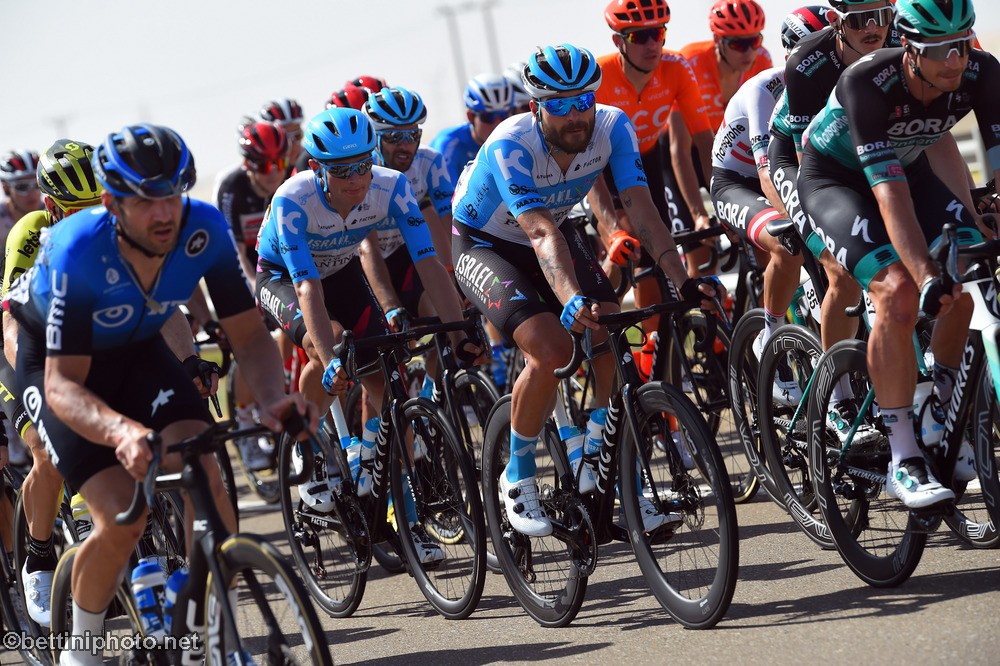
It’s one of the only races where you sprint for every place. Usually, only juniors do that, but in Roubaix, it feels so amazing to finish, that even for 80th you sprint against the other guys in your group.
If I had to choose a more realistic race, then as a German rider it would be Hamburg or Frankfurt. They are the biggest one-day races we have in Germany. In Hamburg I finished top-10 in 2013, and that was my first top-10 result as a professional. Then, in 2017 I was runner-up in Frankfurt after doing the lead-out for [Alexander] Kristoff; we did a 1-2 finish, which was really nice. To finish second in that way is not so far from winning, and to one day put my name on that race would be amazing.
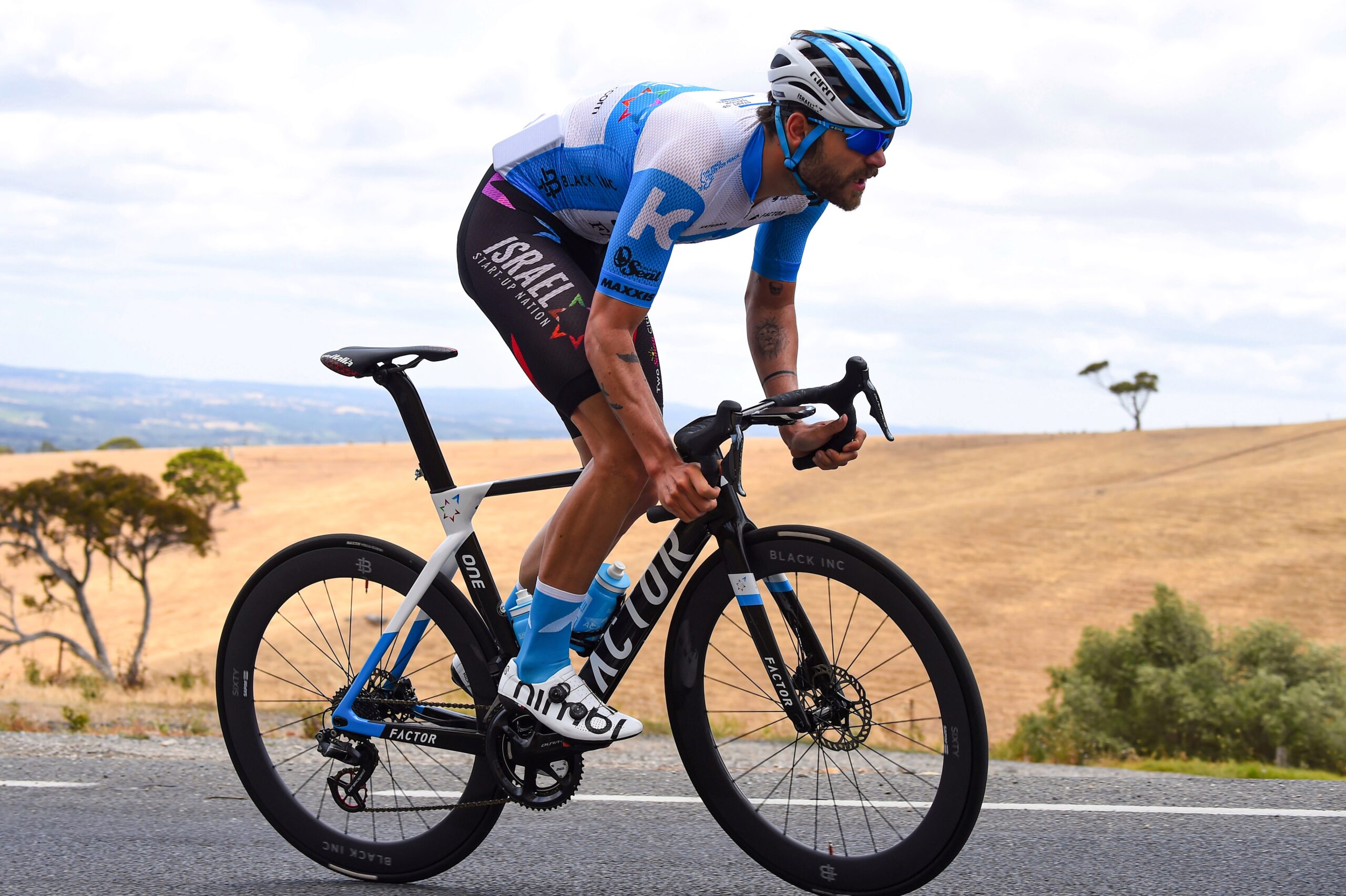
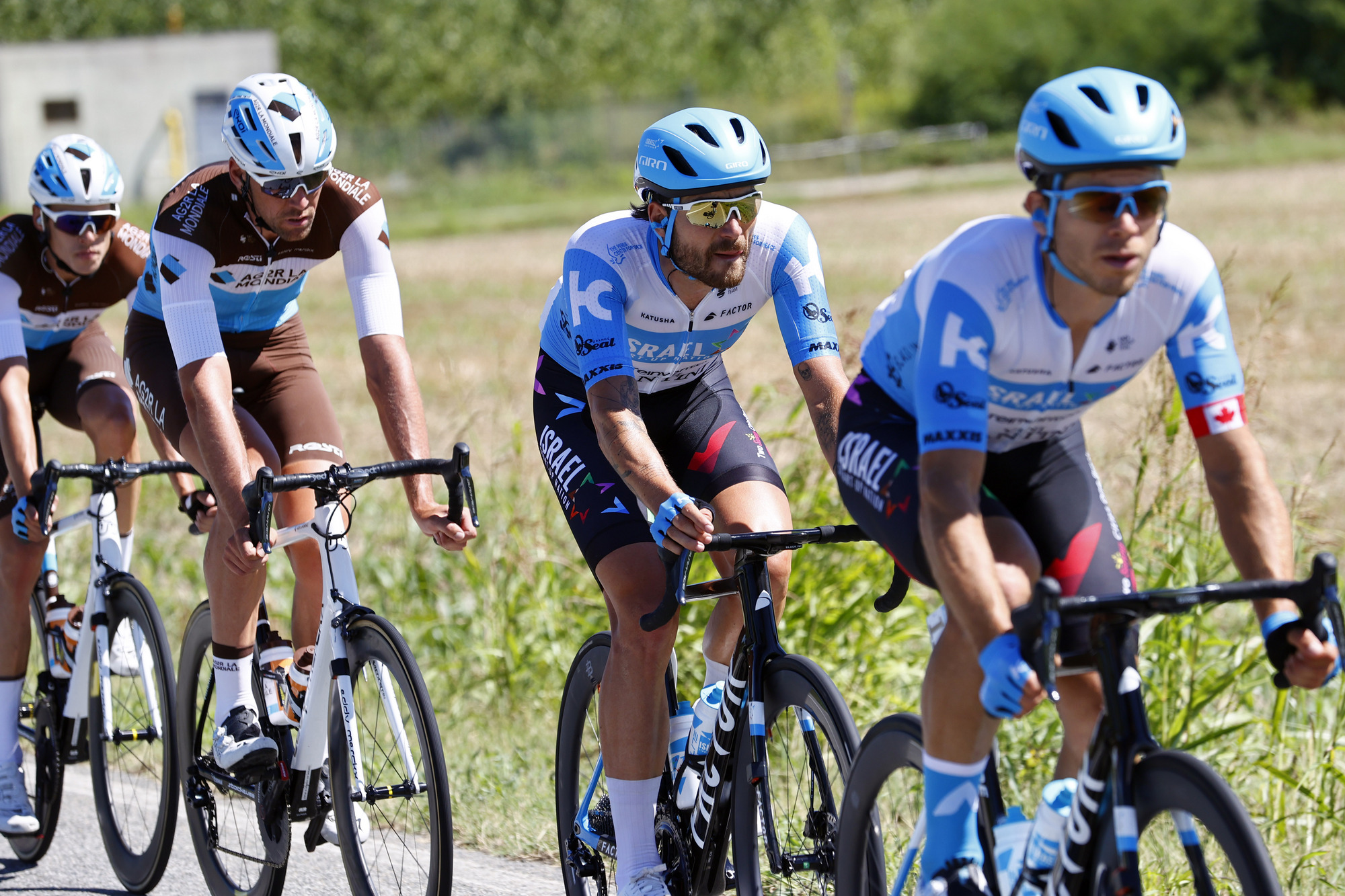
BEST DAY
My best day: I think it was at the Tour of California in 2017, on stage 3. I was supposed to do a lead-out for [Alexander] Kristoff on the slightly uphill finish. Michael Morkov was the last teammate in front of me and he swung off quite early, maybe 500m to go. I felt good and I hit it and sprinted forever. I was waiting for Kristoff to come past me but he didn’t.
I kept going and still had energy. I remember so clearly looking up and seeing the finish line and all the distance markers – 200m, 150m, 100m… I was in the front past all of them, and then Peter Sagan passed me with maybe 50m to go and I finished second.
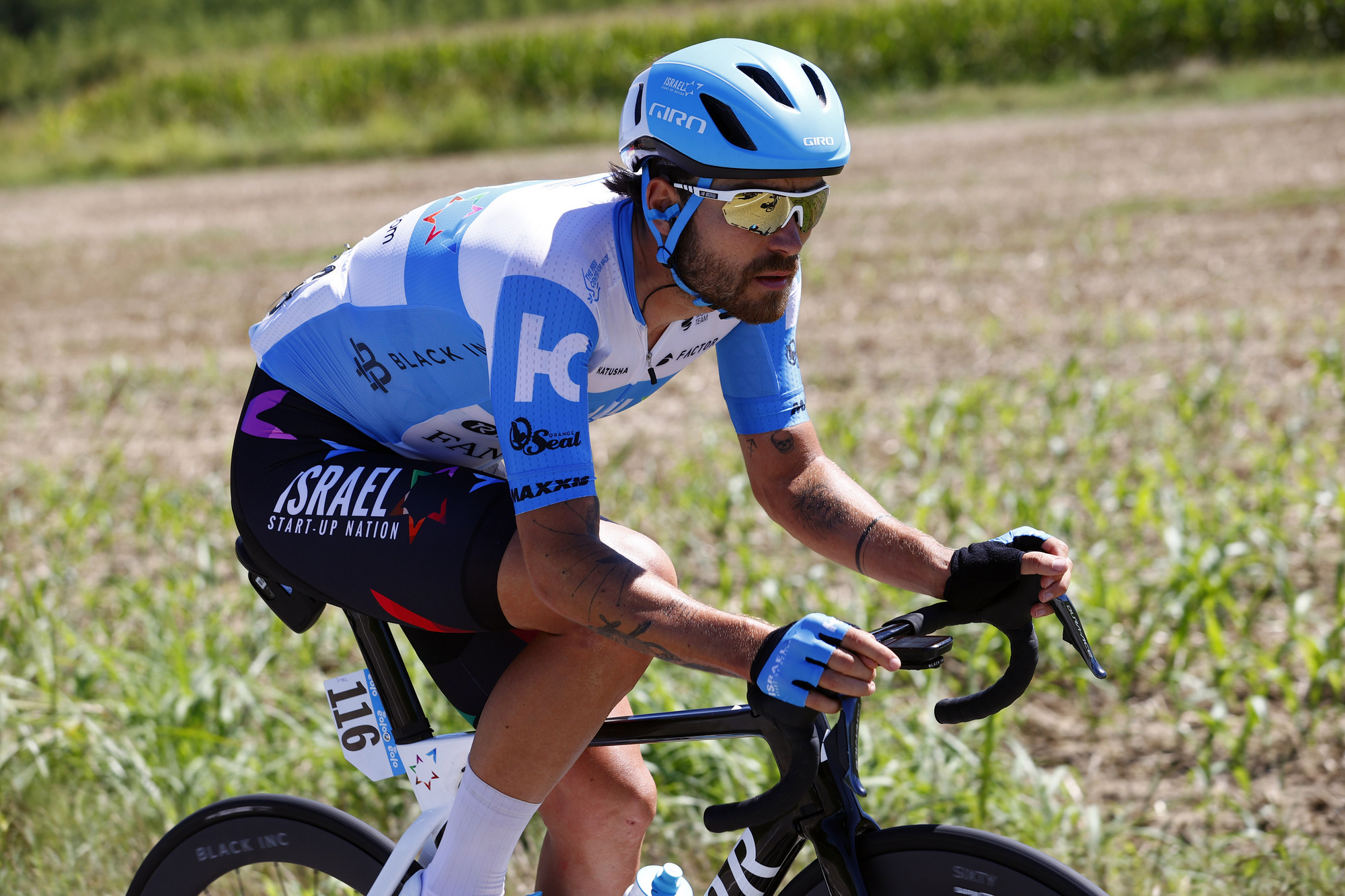
For sure, it was one of my best sprints. I did 40 seconds at over 1000W. It was also the first time that Peter Sagan recognised me. The day after, he said to me, “Hey man, that was a really impressive sprint. It was so hard to pass you!” It was the first time that I could say I was competing against someone like Sagan and doing a WorldTour level performance, so I think it was my best day on the bike.
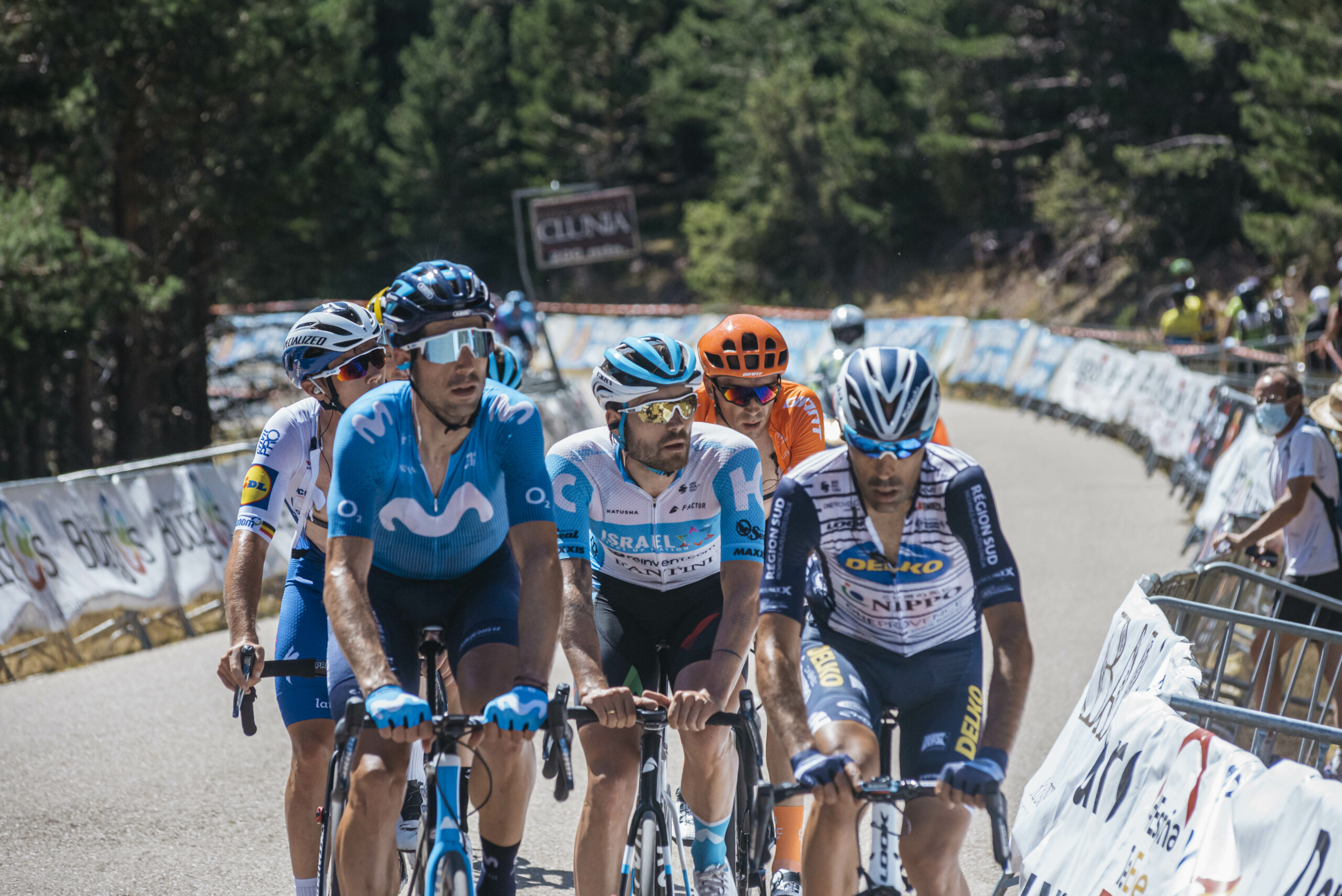
WORST DAY
It was the same year, 2017, at the Tour de France. It was stage 17 when we had to climb the Col de la Croix de Fer, the Télégraphe, and the Galibier. When we hit the first climb, [Nairo] Quintana and [Alberto] Contador started attacking to blow up the race early. It was a day when I had no energy. All through the race, I had been climbing quite well for a sprinter, but I didn’t have the same legs on this day. You never know how your legs will be in a Grand Tour until you start riding – you wake up in the morning, and you look at your legs and say, ‘Please don’t disappoint me!’
I found myself in the last group, with [Nacer] Bouhanni, [Dylan] Groenewegen, [Matthew] Hayman, and from the first climb, we knew we were fighting against the time limit. It was the same day that Marcel Kittel had to leave the race while in the green jersey.
As we hit the Col du Télégraphe, my sports director told me, “The race has broken up, but there is a big grupetto one minute in front of you, so you have to make a big effort to get up to them and be safe.”I knew then it would be like a time trial. Our group of sprinters broke up as we each made our own effort.
After half of the climb, the director came back and said, “Keep pushing!” I couldn’t go any harder, and I was almost crying, I was in so much pain. I asked what the gap was, and he said, “One minute.” I said, “F**k! It was a minute at the bottom!” Then he told me, “Ah, to be honest, it was three minutes, but I said it was one minute to make you think it was possible.” Oh man…
Knowing I had already caught up two minutes made me think I could do it, and I caught up the last minute. When I joined the grupetto, we still had 10km of the Galibier to climb, and it was hard to stay in the group because I had gone so deep already.
It was the last tough day of that Tour, and it was my first Tour de France, so once I was over the top and onto the 20km descent, I knew I was safe and could get to Paris.
But when you have bad legs, and you have Quintana attacking on the first kilometre of the Croix de Fer, you know it’s going to be a long day. The things you think at those times, you cannot say in an interview! I was so tired that evening. Completely broken.

© 2025 Factor Bikes. All rights reserved / Privacy Policy |Terms
